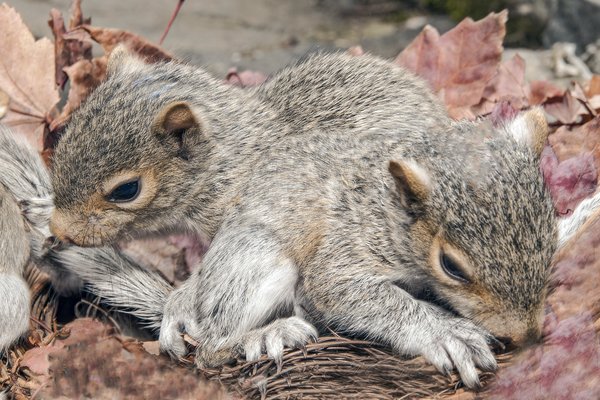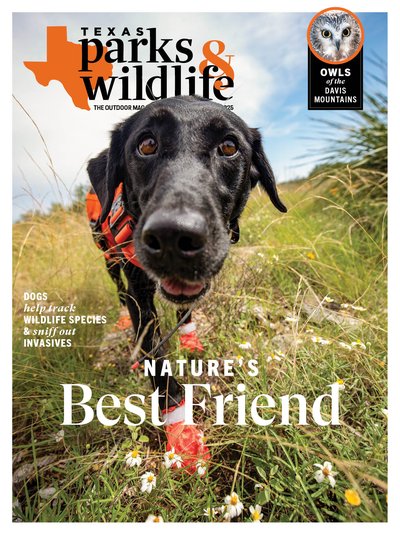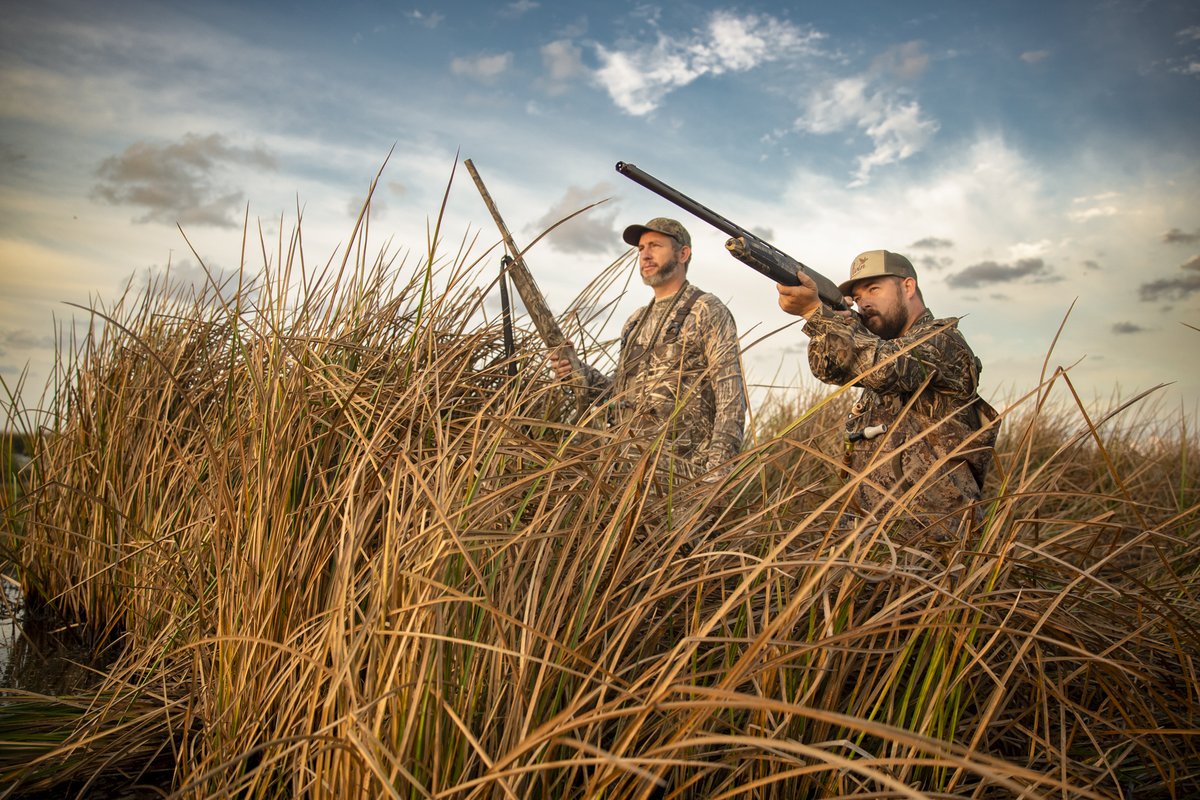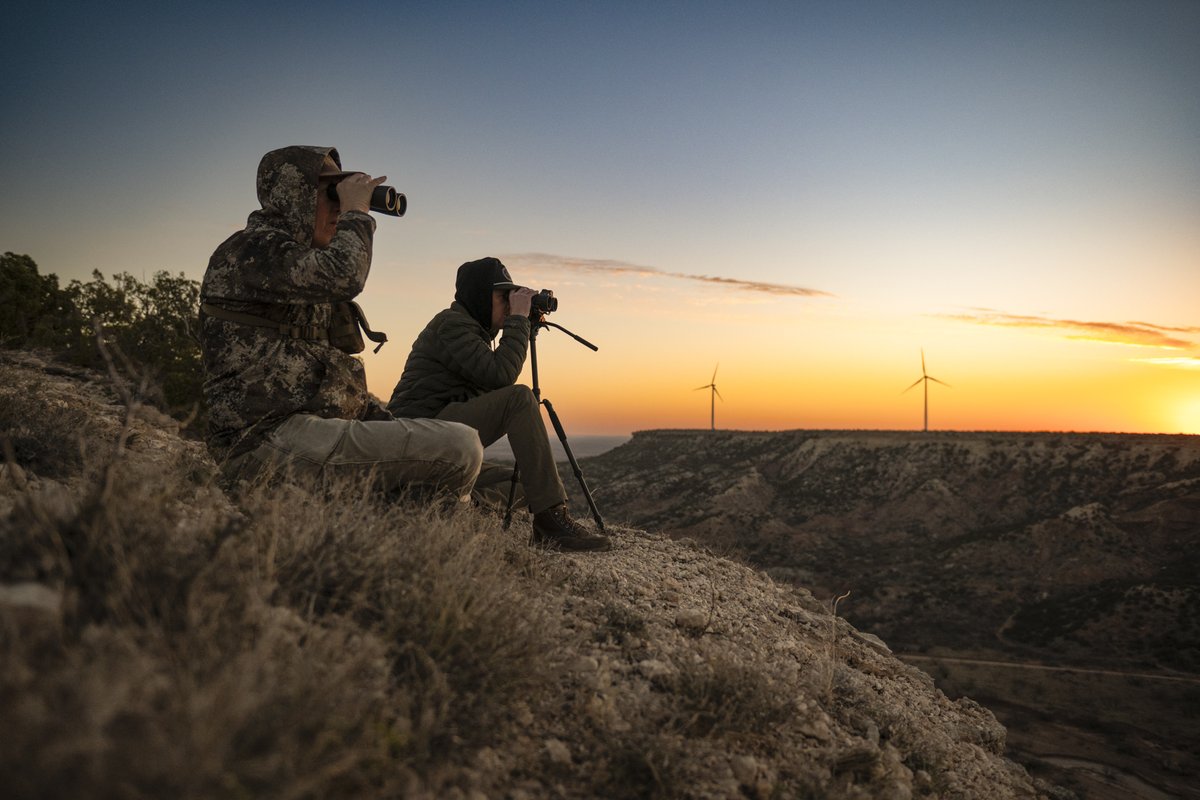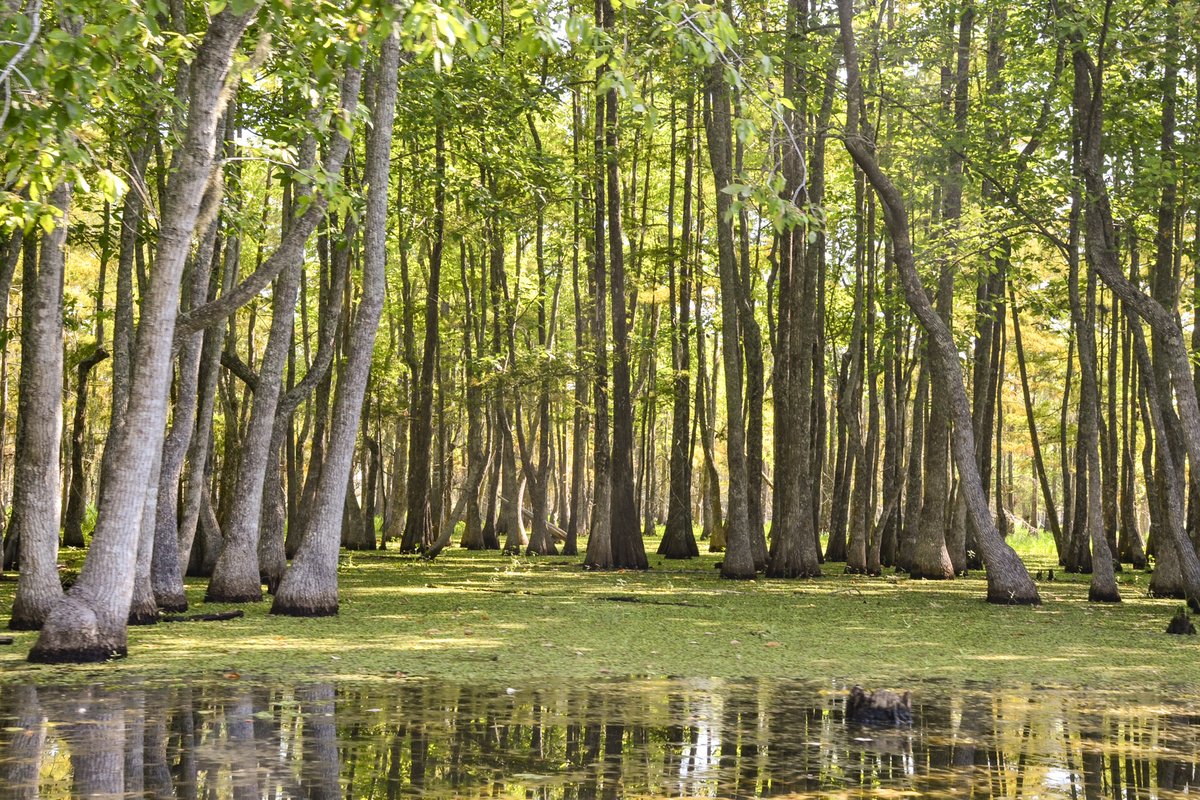Texas Parks and Wildlife Department wildlife biologist Kyle Brunson wears many hats at his job at Gus Engeling Wildlife Management Area in East Texas.
He traps feral hogs, helps organize controlled burns and clears brush at the WMA’s Post Oak Savannah Restoration Area. His work can be busy, but for a few peaceful weeks each fall, Brunson gets to relax a bit as he puts on the hat of squirrel census-taker.
“Every September, I go sit under a tree for 15 minutes and count how many squirrels I can see,” he says. “My squirrel [survey] line is along Catfish Creek, so I get to slip down there as things start to cool off and count squirrels, and just enjoy the peace and quiet.”
Brunson is responsible for the upkeep of Texas’ longest-running squirrel population database, part of the research that goes on at Gus Engeling WMA. They also keep data on white-tailed deer and other species, with many of their data sets going back to the 1960s.
“Gus Engeling is a research and demonstration area, so we have longstanding data sets on how many acorns are being produced across the WMA, and the squirrel census, just monitoring what the squirrel population is doing through time,” says Brunson. “I think it’s about the only data set across the state that monitors squirrel production.”
Gus Engeling WMA is home to two species of squirrels: fox squirrels and gray squirrels. To get an estimate of their populations, Brunson and other WMA staff go out each September just after sunrise, and walk out and back along five transects within the WMA.
At six different points along each survey line, the biologists will sit and observe their surroundings for 15 minutes and count the number of squirrels seen at each stop. The data collectors then use these numbers to establish an estimate of the number of squirrels per acre.
Why count squirrels? “In East Texas, squirrel hunting was a huge cultural tradition,” says Brunson. “It’s waning a little bit now, but we still get a handful of calls every October, whenever squirrel season is starting up, asking, ‘Hey, what are squirrel numbers doing?’”
The data set also offers insight into wildlife population trends. For example, after 2021’s extreme winter storm (“Snowmageddon”), Brunson saw a huge drop in squirrel populations. In 2020, Brunson was counting approximately 4.68 squirrels per acre, but by 2021, that number had dropped to only 1.6 squirrels per acre followed by another drop to 0.36 squirrels per acre in 2022.
While there’s not sufficient data to establish the storm as the cause of the drop, the data is useful for biologists examining larger shifts in wildlife populations. Squirrels nest twice a year in Texas, once in July-September and once in December-February. The February freeze likely hit nesting populations, decimating the population for the next year. At last count, in 2024, the squirrel population seems to be on the rebound with Brunson and colleagues counting 1.66 squirrels per acre.

